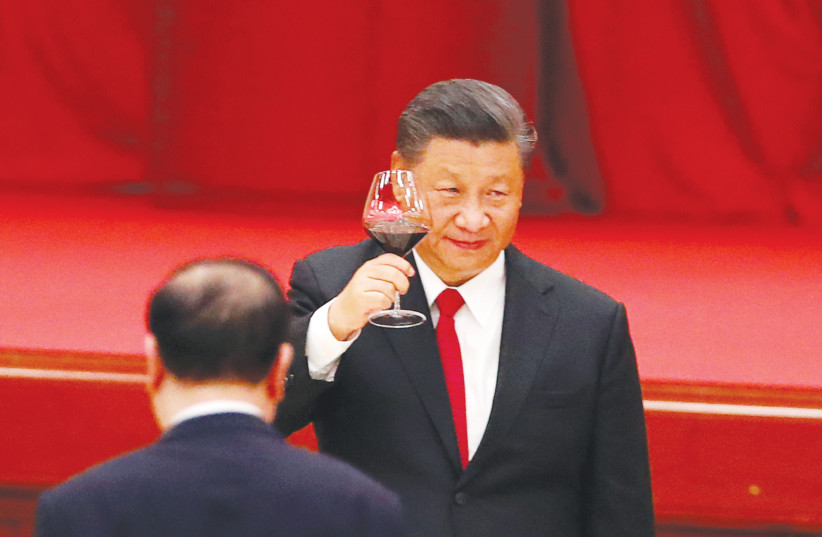
The trade war with China was one of the key strategic building blocks of the administration of US President Donald Trump, who declared he wanted to “Make America Great Again” by reviving its time as the leader of the global economy. He chose confrontation, tariffs, sanctions and tit-for-tat exchanges that were somehow resolved by the “Phase One” trade deal signed with China, which at the time was hampered by COVID-19. Trump believed that the US could benefit from bilateral trade agreements, where through its sheer size it could assert its authority, and he abstained from multilateral agreements that required the US to negotiate with several countries.While the US was working on bilateral agreements, President Xi Jinping of China was strategically building multilateral agreements, working in big numbers and connecting between his Asian partners, or in Chinese terms: rejuvenating the Chinese nation and pursuing the dream of putting China back at the center of the global stage. In today’s economy, global dominance is created through partnerships and strategic alliances – the diplomacy of trade blocs. During president Barack Obama’s administration, the US invested its influence and prestige in negotiating the Trans-Pacific Partnership, which was supposed to be a strategic trade pact connecting the US with 12 key economies while successfully excluding China, America’s biggest trade rival.Obama signed the agreement in February 2016, but shortly after Trump replaced him in 2017, to Xi’s delight, the new US president withdrew from the TPP.Although during Trump’s tenure the region has benefited from the signing of the Abraham Accords (the normalization of ties between Israel the United Arab Emirates, Bahrain), in the global trade arena, the US missed out on playing a central role by withdrawing from the TPP and the Paris Agreement on climate change. As the US exited from those strategic alliances, China moved forward and expanded its global outreach by creating the largest free trade agreement in global history – the Regional Comprehensive Economic Partnership.The RCEP was signed by 15 countries that are home to more than 2.2 billion people, nearly a third of the world’s population, and they account for almost 30% of global GDP. The RCEP is an integral part of China’s global leadership strategy, as manifested by China’s infrastructure alliance – one belt, one road, and China’s monetary arm, the Asian Infrastructure Investment Bank.Now, one of the most formidable challenges for President-elect Joe Biden is to make America great again as a leading global economy, so that it can unquestionably resume its position as the leader of the free world and as a nation able to connect and foster international partnerships. International attorney Amit Ben-Yehoshua is licensed to practice law in Israel and California and served as the vice chair of the China Committee of the American Bar Association, and as the co-founder of the Israeli Chamber of Commerce in China. Amit can be reached at [email protected] & www.amit-law.com.
Source
 RSS Feed
RSS Feed















 December 10th, 2020
December 10th, 2020  Awake Goy
Awake Goy  Posted in
Posted in  Tags:
Tags: 













